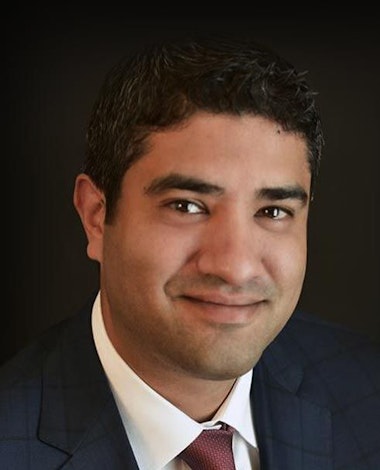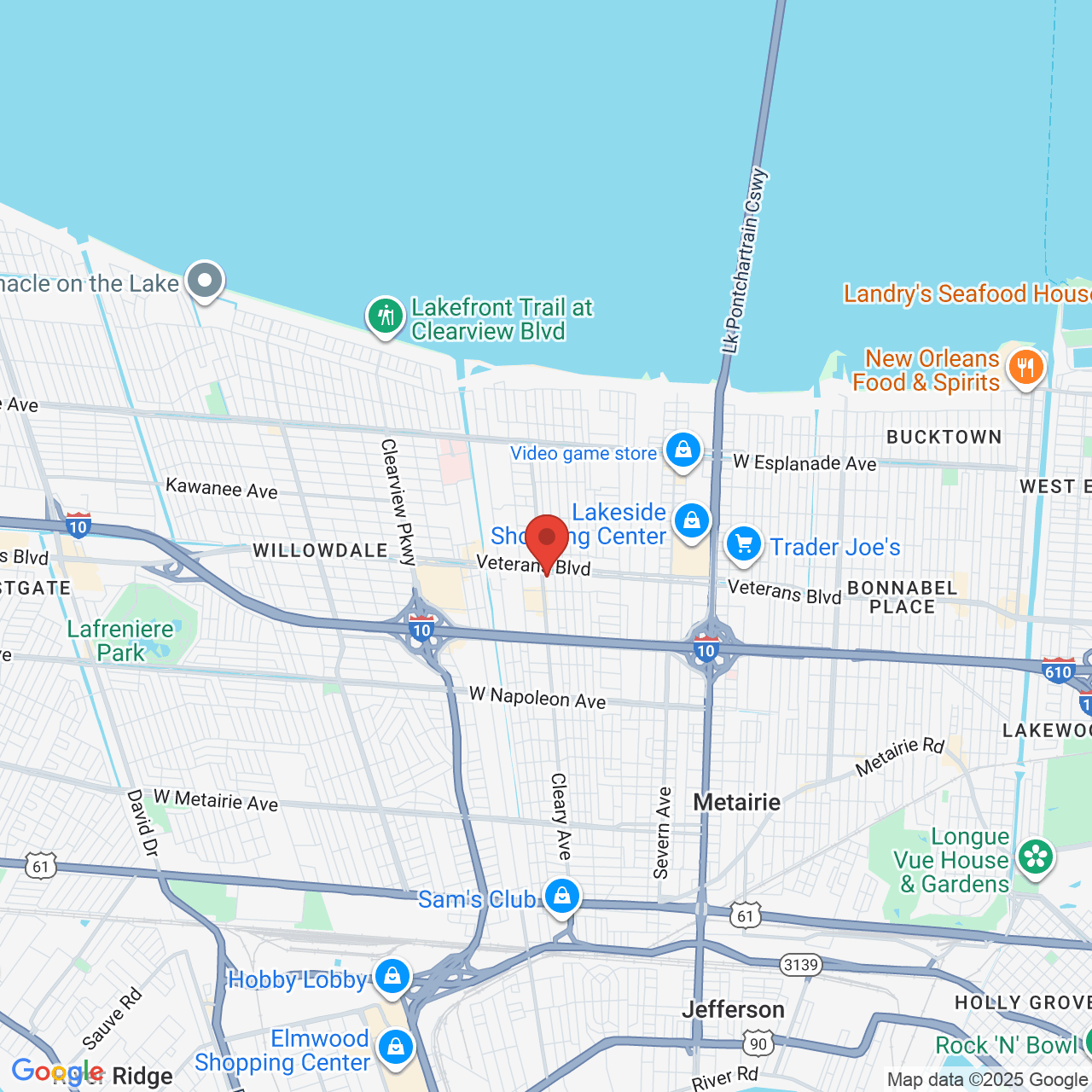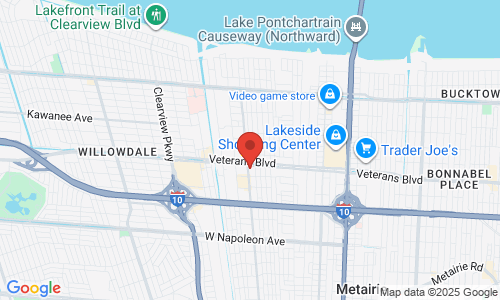Stacked DIEP Flap
Dr. Ravi Tandon performs the advanced stacked DIEP flap procedure at his Metairie practice serving New Orleans, LA.
This procedure is ideal for patients who lack sufficient tissue for a standard DIEP flap and need only one breast restored.
With a passion for helping women battling breast cancer, Dr. Tandon’s primary goal is to help patients live life with more confidence.
5-Star Reviews From New Orleans Plastic Surgery Patients
Dr Tandon is an exceptional surgeon with an incredible staff (Thank you Shannon!). I felt supported and informed for every step of my DIEP flap reconstruction. No matter what the circumstances are, the idea of surgery can be intimidating. Dr. Tandon's talents and skills as a surgeon coupled with his approachable and calm demeanor made the best out of an overwhelming situation. I'm really impressed with my results and sincerely grateful to he and his team!
View on GoogleEmpathetic, kind, detailed oriented, patient, meticulous, highly skilled surgeon, these are some of the many traits of Dr. Tandon! His office staff are also just as wonderful as he is. Always professional and kind! I would highly recommend Dr. Tandon and his team for your plastic surgery needs.
View on GoogleWhat Is a Stacked DIEP Flap?
The Stacked DIEP flap℠ is a type of natural breast reconstruction, meaning it rebuilds the breast mound using a patient's own tissue. As a modified version of the DIEP flap surgery, the stacked DIEP flap reconstructs the breast with soft tissue from the lower abdomen. However, where the traditional DIEP flap transfers this tissue as a single flap, the stacked version uses two separate flaps that are then folded on top of one another to rebuild breast volume.
Compared to a DIEP flap, the stacked DIEP flap technique uses a reduced amount of abdominal tissue to rebuild the breast. This technique is usually recommended when a single flap is simply not feasible because the patient does not have enough tissue at a single donor site to rebuild the breast.
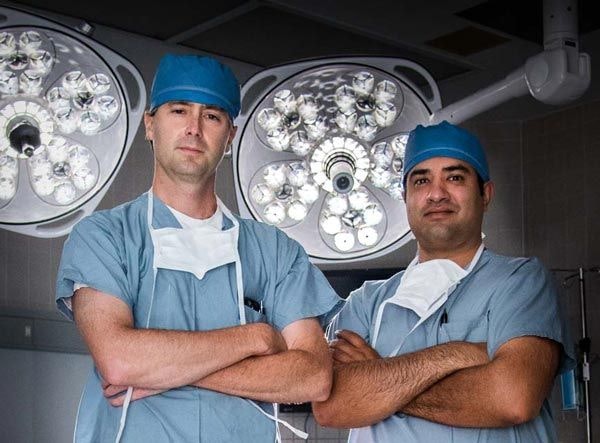
We Utilize Microsurgery During This Procedure
Dr. Tandon completes the stacked DIEP flap procedure with microsurgery techniques. Microsurgery refers to complex surgical procedures that require the use of a microscope and fine-tipped instruments to complete the transplantation of tissue from one part of the body to another for reconstructive purposes.
Natural breast reconstruction through microsurgery will last a lifetime, unlike reconstructions performed with implants that will need to be replaced within a decade or two. Microsurgery also means the reconstructed breast will feel more natural, since the entire breast mound is formed using a patient's own tissue.
Why New Orleans Trusts Our Plastic Surgeon
Elite Education
Dr. Tandon graduated summa cum laude from the University of Oklahoma before earning his medical degree from Vanderbilt University. He then completed a prestigious reconstructive microsurgery fellowship at New York University Medical Center.
Board Certification
Dr. Tandon proved himself to have truly elevated surgical knowledge and skill by attaining board certification from the American Board of Plastic Surgery®. He achieved this in part by completing rigorous oral and written examinations.
Reconstructive Focus
Our New Orleans plastic surgeon does not dabble in breast reconstruction – he focuses on it. By dedicating his career to helping breast cancer survivors rebuild their bodies after mastectomy, he has finely honed his ability to customize quality procedures for each patient.
Request Your Breast Reconstruction Consultation
The stacked DIEP flap procedure is a complex operation that demands a plastic surgeon with specialized training, like Dr. Tandon. During your consultation, Dr. Tandon will answer any questions you have and explain how he has already completed this life-changing procedure for other women throughout the greater New Orleans area.
In addition to offering first-rate plastic surgery, Dr. Tandon has made sure to cultivate a warm and welcoming environment at his Metairie plastic surgery office. The interior is comfortable and anything but sterile. The staff is warm, friendly, and ready to guide you through your reconstruction journey.
(504) 455-1000
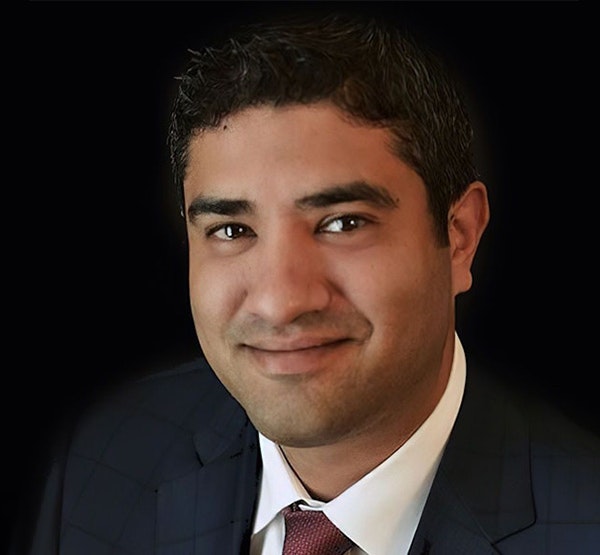
More 5-Star Reviews From New Orleans Plastic Surgery Patients
I had a double mastectomy one year ago. Dr Tandon preformed a nipple sparing procedure with a nerve graft. I now have full sensation in both breast. I am so pleased with my results and would highly recommend Dr Tandon and this procedure to anyone!
View on GoogleThis Doctor’s office is very efficient, the staff are empathetic and systematic to all your needs. I’m very happy with my medical FAMILY!
View on GoogleWe Accept Insurance And Can Help Navigate Coverage
Treatment for breast cancer can be incredibly costly. Dr. Tandon strives to minimize all financial burdens on his patients. To this end, he accepts insurance coverage for his surgeries.
Since 2007, DIEP flap breast reconstruction surgery has been covered by most commercial health insurance providers. Our skilled administrative team will work diligently to ensure you receive the most benefits possible for your stacked DIEP flap.
Who Is an Ideal Candidate for Stacked DIEP Flap?
The best candidates for stacked breast reconstruction are typically women preparing to undergo or who have recently undergone mastectomy of one breast and are interested in reconstruction.
As a modified version of the DIEP flap technique, a stacked DIEP flap requires less belly tissue than a standard DIEP flap. Consequently, it is most often recommended to patients who do not have enough soft tissue on their lower abdomen for the traditional option or who have a pre-existing midline scar from previous abdominal surgery.
Allow Our Expert to Assess Your Candidacy
Going through breast cancer and a mastectomy can naturally lead to confusion and anxiety. You shouldn't have to make decisions about treatment on your own. Our reconstructive surgery expert Dr. Tandon is here to clearly explain your options, compare treatments, and answer any questions.
At Tandon Plastic Surgery, our goal is to provide the support you need to make treatment decisions with confidence. Call or write to our New Orleans practice to request your consultation.
(504) 455-1000
Grateful For Stellar Reviews From New Orleans Plastic Surgery Patients
I was diagnosed with bilateral breast cancer and consequently had a bilateral mastectomy. Dr. Tandon performed a DIEP flap and reconstruction. He is a gifted surgeon. I am very pleased with the result. More importantly, Dr. Tandon and his staff made me feel comfortable and safe. If you don't love your doctor, go see Dr. Tandon before embarking on surgery.
View on GoogleI am so grateful for Dr. Tandon! He worked with Dr. Colfry to perform a double mastectomy with immediate diep flap reconstruction. To say that I am pleased with the results is an understatement. He made a terrifying surgery so much more manageble. I am so blessed that he was part of my medical team after I was diagnosed with breast cancer. He is professional, knowledgeable, and has an excellent bedside manner. I would definitely recommend Dr. Tandon.
View on GoogleVisualize Your Flap Reconstruction
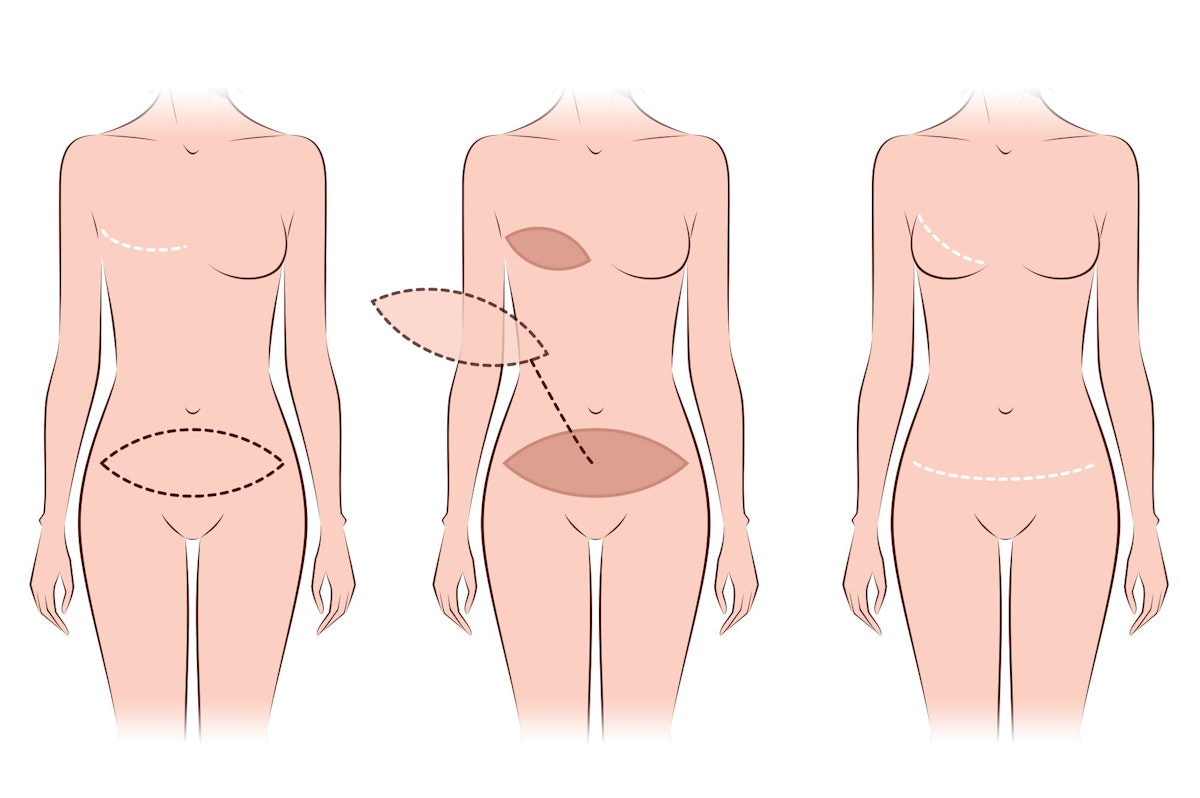
Stacked DIEP Flap Procedure Basics
The stacked DIEP surgery typically takes anywhere from four to six hours to complete.
Stacked DIEP flap reconstruction also leads to a flatter and tighter belly as a result of skin and fat removal.
The Stacked DIEP Flap Has a Lower Complication Rate
/
Like the standard DIEP flap, the stacked DIEP flap procedure has a much lower rate of complications compared to surgeries affecting the abdominal muscle, such as the TRAM flap procedure.


